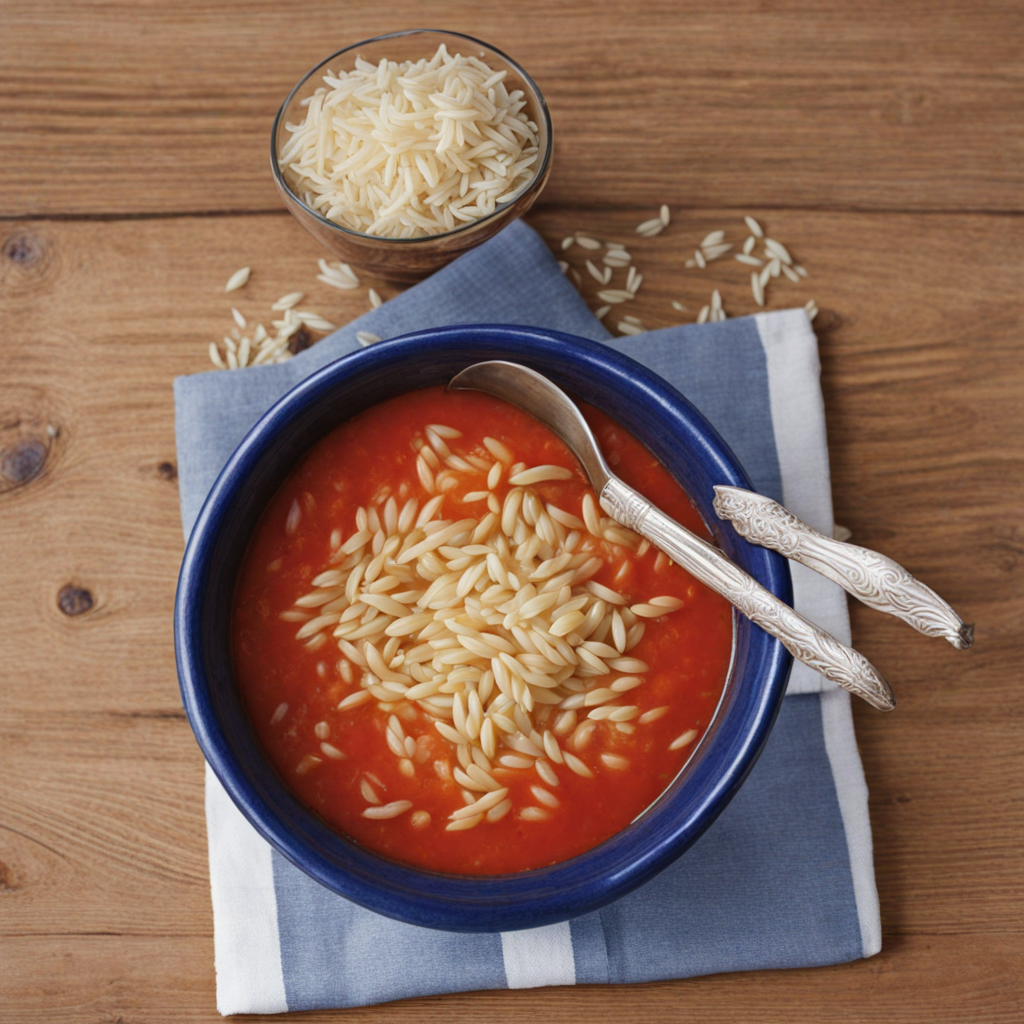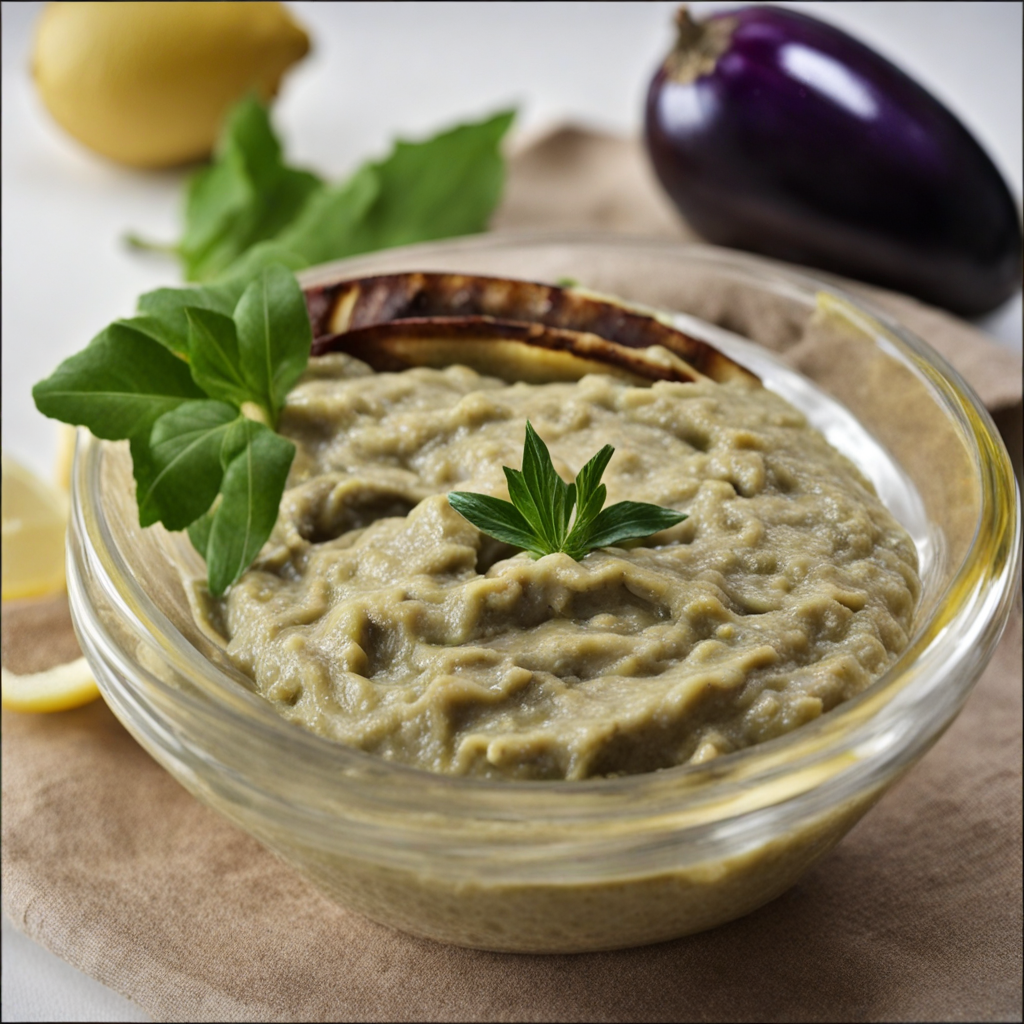Kritharaki
Kritharaki, also known as orzo, is a delightful pasta variety hailing from Greece, shaped like large grains of rice. This unique pasta is made from semolina flour, giving it a distinct texture that holds up beautifully in various dishes. Its versatility makes it a popular choice in Greek cuisine, often incorporated into traditional recipes like soups, pilafs, and casseroles. The small size and delightful chewiness of Kritharaki allow it to absorb flavors remarkably well, making each bite a savory experience that captures the essence of Mediterranean cooking. One of the most beloved ways to enjoy Kritharaki is in a dish called "Kritharaki me Kreas," where it is served with tender braised meat, typically lamb or beef, simmered in a rich tomato sauce. The pasta cooks alongside the meat, soaking up the hearty flavors and creating a comforting, wholesome meal. This dish is often enhanced with aromatic herbs like oregano and fresh parsley, which add layers of freshness and depth. The combination of the succulent meat and the slightly nutty pasta makes for a satisfying and filling dish that embodies the warmth of Greek hospitality. In addition to savory preparations, Kritharaki can also be utilized in salads, where its unique texture provides a delightful contrast to crisp vegetables and tangy dressings. A refreshing Greek-style salad featuring Kritharaki, cucumbers, tomatoes, olives, and feta cheese drizzled with olive oil and lemon juice is a perfect representation of the vibrant flavors found in Hellenic cuisine. With its ability to adapt to both hearty and light dishes, Kritharaki offers an exciting avenue for food enthusiasts looking to explore the rich culinary traditions of Greece, all while embracing new textures and flavors.
How It Became This Dish
The History of Κριθαράκι: A Culinary Journey Through Time #### Origins and Etymology Κριθαράκι (kritharáki), often translated as "little barley," is a small, rice-shaped pasta that holds a special place in Greek cuisine. Its name derives from "κριθάρι" (krithári), meaning barley, reflecting the grain's historical significance in the Mediterranean diet. Barley has been cultivated for thousands of years and was one of the first grains to be domesticated in the region, tracing back to ancient civilizations. The exact origins of kritharáki as a distinct food item are somewhat murky, but it is widely believed to have evolved during the Byzantine period (4th to 15th centuries AD) when pasta-making techniques from the East began to influence Mediterranean cuisine. The introduction of durum wheat and the art of pasta-making from the Italian peninsula contributed to the development of various shapes and sizes of pasta, including what we now recognize as kritharáki. #### Cultural Significance In the rich tapestry of Greek culinary traditions, kritharáki occupies a cherished position. It is not only a staple in everyday Greek households but also features prominently in festive and ceremonial meals. The versatility of kritharáki allows it to adapt to numerous dishes, whether served as a side, main dish, or even as a component in soups. One of the most beloved preparations is kritharáki with lamb or chicken, where the pasta is cooked in the rich, flavorful broth of the meat, absorbing all the savory goodness. This dish, often served during family gatherings and holidays, reflects the Greek ethos of communal dining and hospitality. In many ways, kritharáki serves as a symbol of comfort and togetherness, bringing families around the table to share not just food but also stories, laughter, and love. #### Development Over Time As Greece experienced historical shifts, so too did its culinary landscape. The Ottoman Empire's influence during the 15th to 19th centuries introduced new ingredients and methods, further enriching Greek cuisine. This period saw the incorporation of spices and flavors that transformed traditional dishes. Kritharáki began to be featured in various regional specialties, often combined with local vegetables, legumes, and meats. The industrial revolution in the late 19th century marked another significant turning point. As urbanization increased, so did the demand for convenient food options. Dried kritharáki became a practical choice for busy urban families, allowing them to prepare nutritious meals quickly. The pasta's long shelf life and ease of preparation made it a pantry staple, further embedding it into the fabric of everyday Greek life. In the 20th century, the rise of the Greek diaspora saw kritharáki travel beyond the Aegean shores. Greek immigrants brought their culinary traditions with them to countries such as the United States, Australia, and Canada. In these new locales, kritharáki found itself adapted to local tastes while still retaining its essential characteristics. It became a bridge for Greeks in the diaspora to connect with their heritage, often served in homes during holidays, family gatherings, and community events. #### Regional Variations and Recipes While kritharáki is enjoyed throughout Greece, various regions have developed their unique takes on the dish. In Crete, for example, it is commonly prepared with rich tomato sauce and a sprinkle of cheese, often featuring locally sourced ingredients like olives and capers. In the Peloponnese, it may be combined with seafood, reflecting the region's coastal traditions. One particularly noteworthy dish is "kritharoto," a risotto-like preparation where kritharáki is slowly cooked with stock, vegetables, and sometimes seafood or meat. This method underscores the adaptability of kritharáki, allowing it to absorb flavors and create a comforting meal reminiscent of risotto, yet distinctly Greek. Another popular dish is "kritharáki pilaf," which involves sautéing the pasta with onions, garlic, and spices before adding broth and letting it simmer until tender. This simple yet flavorful dish serves as a perfect side for grilled meats or roasted vegetables. #### Modern Interpretations and Global Recognition In the 21st century, there has been a resurgence of interest in traditional Greek cuisine, with chefs and home cooks alike exploring the rustic flavors and ingredients that define Greek food. Kritharáki has gained attention not only for its comforting qualities but also for its versatility in contemporary cooking. Today, it can be found in innovative recipes that blend traditional Greek flavors with modern culinary techniques. Chefs are experimenting with kritharáki in salads, stir-fries, and even as a base for grain bowls, showcasing its ability to complement a diverse range of ingredients. The rise of plant-based diets has also led to creative vegan adaptations of classic kritharáki dishes, ensuring that this beloved pasta remains relevant in today's culinary landscape. Moreover, the increasing popularity of Greek cuisine globally has introduced kritharáki to new audiences. It is now featured in numerous international cookbooks and food blogs, celebrated for its unique texture and ability to absorb flavors. Food enthusiasts are discovering kritharáki as a delightful alternative to traditional pasta or rice, broadening its appeal far beyond the borders of Greece. #### Conclusion From its humble beginnings as a simple grain-based pasta to its status as a beloved staple in Greek homes and an emerging star in global cuisine, kritharáki embodies the resilience and adaptability of Greek culinary traditions. Its rich history reflects the cultural exchanges that have shaped the Mediterranean region, while its continued evolution showcases the dynamic nature of food in our ever-changing world. As families continue to gather around tables adorned with dishes featuring kritharáki, the pasta serves not only as sustenance but also as a vessel for connection, tradition, and the stories that bind us together. Whether enjoyed in a traditional preparation or reimagined in a contemporary dish, kritharáki remains a testament to the enduring legacy of Greek cuisine—a delicious reminder of the past that continues to inspire the future.
You may like
Discover local flavors from Greece







